A beautiful smile is not always given to a person by nature. Even if the enamel is dazzling white, the impression can be spoiled by an incorrect bite. Special orthodontic constructions will help to cope with the problem. The editors of the site "bestx.htgetrid.com/en/" have prepared for you a rating of the best bracket systems for adults and adolescents.
Content
Main system components
A bracket system is a complex set of various devices that allows you to align the dentition by slowly, gently pulling it out. The design consists of several elements:
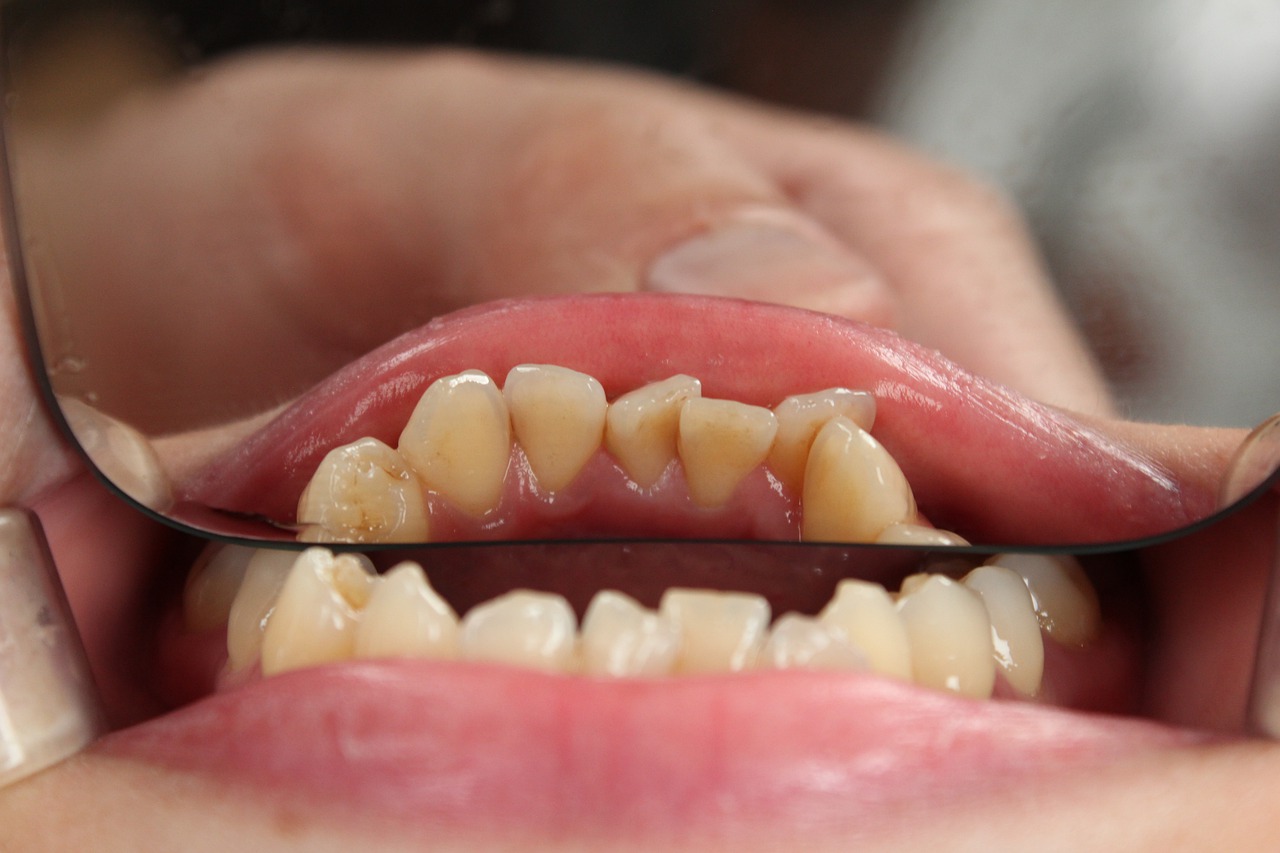
- braces are small padlocks that the dentist firmly attaches to the tooth surface using a special compound. The adhesive layer releases fluoride to protect the enamel from deterioration while the system is being worn. Today braces are made of different materials, they can be colored, in the form of animals, emoticons, card figures, or completely transparent and almost invisible.
- the arch is the main active component of the system, by bending it repeats the correct position of the dentition It is made of different materials that have the correct shape memory. In an effort to return the initial position, the arch gradually moves the teeth in the desired direction. At the beginning of the treatment, the orthodontist installs elastic arches of a small section so that the discomfort from constant pressure is not felt so much and the patient can get used to it. As you get used to it, the dentist replaces them with more rigid ones.
- ligatures - devices for fixing the arch in braces. They are made of metal or elastic polymers. They wear out quickly and require periodic replacement.
- orthodontic latches, locks, rings - are attached to the abutment teeth (6 or 7) and fix the tips of the arch.
- Elastics - rings made of flexible, stretchable material. Patients change elastics on their own 2-3 times a day.
- additional fasteners - these can be hooks, chains, rings, springs. They are selected individually, depending on the characteristics of the bite and the type of system chosen.
The terms of treatment for malocclusion can be from one to three years. During this period, the patient must necessarily visit his doctor once a month for timely correction and strictly follow the recommendations for the care of braces.
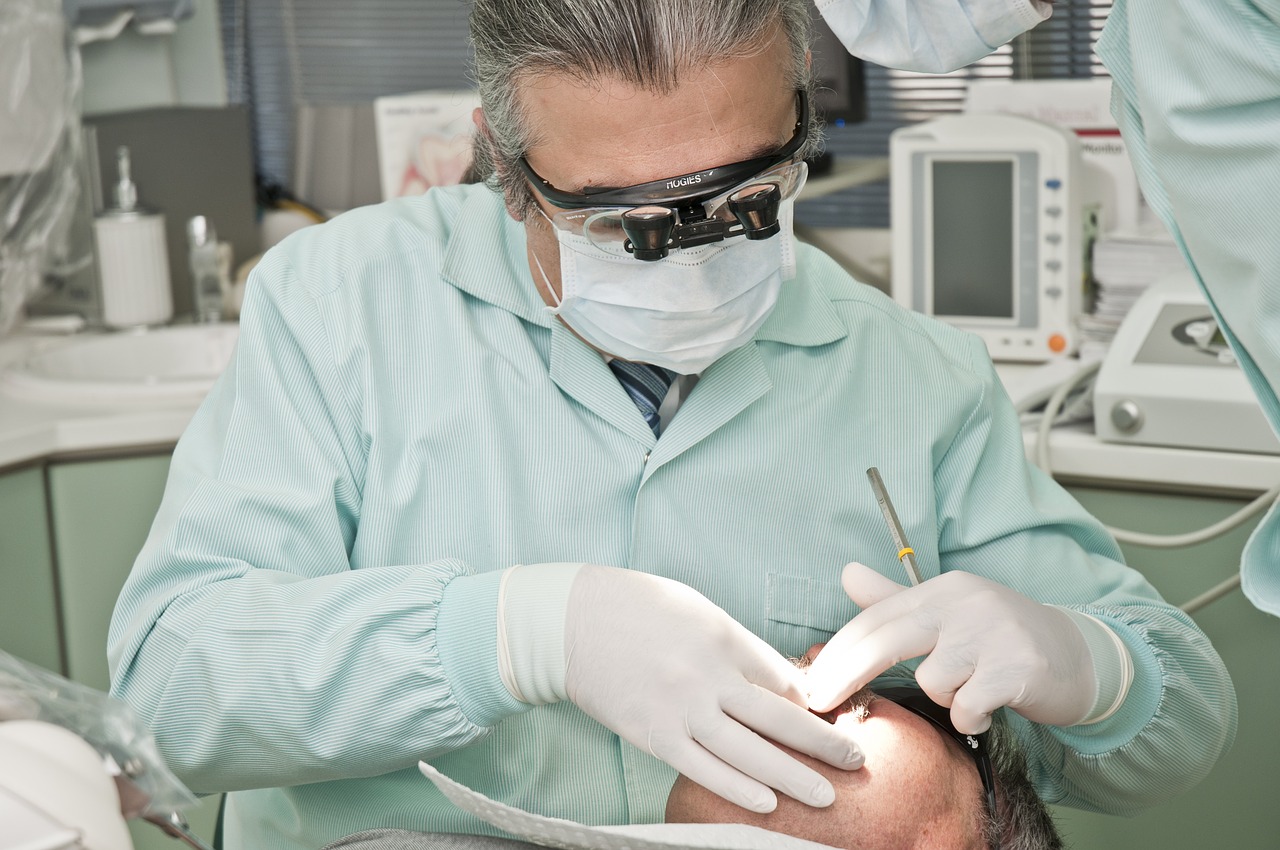 After removing the structure, a retention period begins (about two years), during which the result is consolidated. All this time, you need to wear devices (retainers) that will keep the teeth in the correct position and will not allow them to return to their usual places.
After removing the structure, a retention period begins (about two years), during which the result is consolidated. All this time, you need to wear devices (retainers) that will keep the teeth in the correct position and will not allow them to return to their usual places.
Kinds
The installation of a bracket system is considered one of the oldest ways to align the dentition. The prototype of modern models was used in Ancient Egypt. Depending on the materials of construction used, there may be:
- metal - made of medical stainless steel. The average cost for a structure per dentition is about 15-18 thousand rubles. When installing metal braces, the process of habituation occurs quickly enough, the discomfort lasts 2-3 days.The advantages of the model include budget, reliability, high strength, small size, the ability to choose colored ligatures. The disadvantages are not an aesthetic appearance.
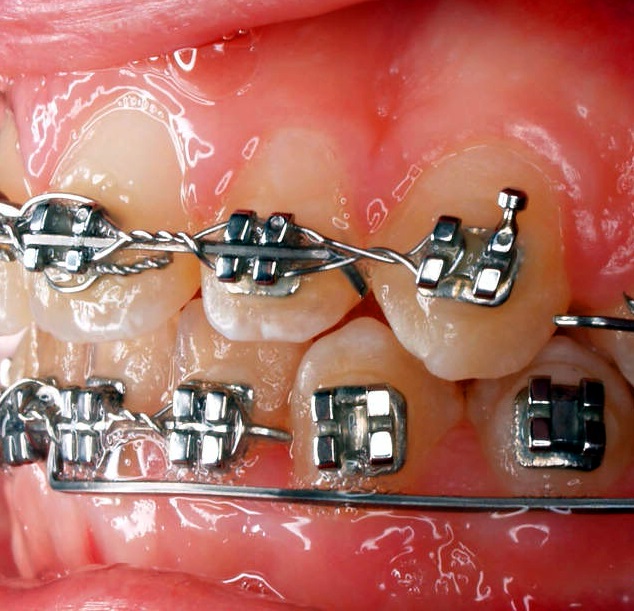
- ceramic - are created individually for each patient from a special type of ceramic with the addition of various metals. The cost of a set for the correction of 1 dentition starts at 20,000 rubles. The advantage of ceramic products is considered to be safety and the ability to select a color that fully matches the shade of the enamel. This makes the structure almost invisible. The minuses are relative fragility and the ability to absorb coloring substances. This option is not suitable for smokers, lovers of saffron, coffee, red wine, cola, berry fruit drinks.
- plastic - used for short-term treatment. They are made of polyurethane and can be transparent or colored. Popular with teenagers for their ability to experiment with color and shape. The average cost is about 10,000 rubles per 1 dentition. The disadvantages of plastic structures include fragility, fragility, the ability to stain with food and drinks.
- sapphire - combine the advantages of ceramic and metal braces. Transparent onlays are practically invisible on the teeth, hypoallergenic, do not affect the quality of diction at all, and at the same time are quite durable. Made from cultured sapphires. The cost of the system for 1 dentition is on average 30,000 rubles.
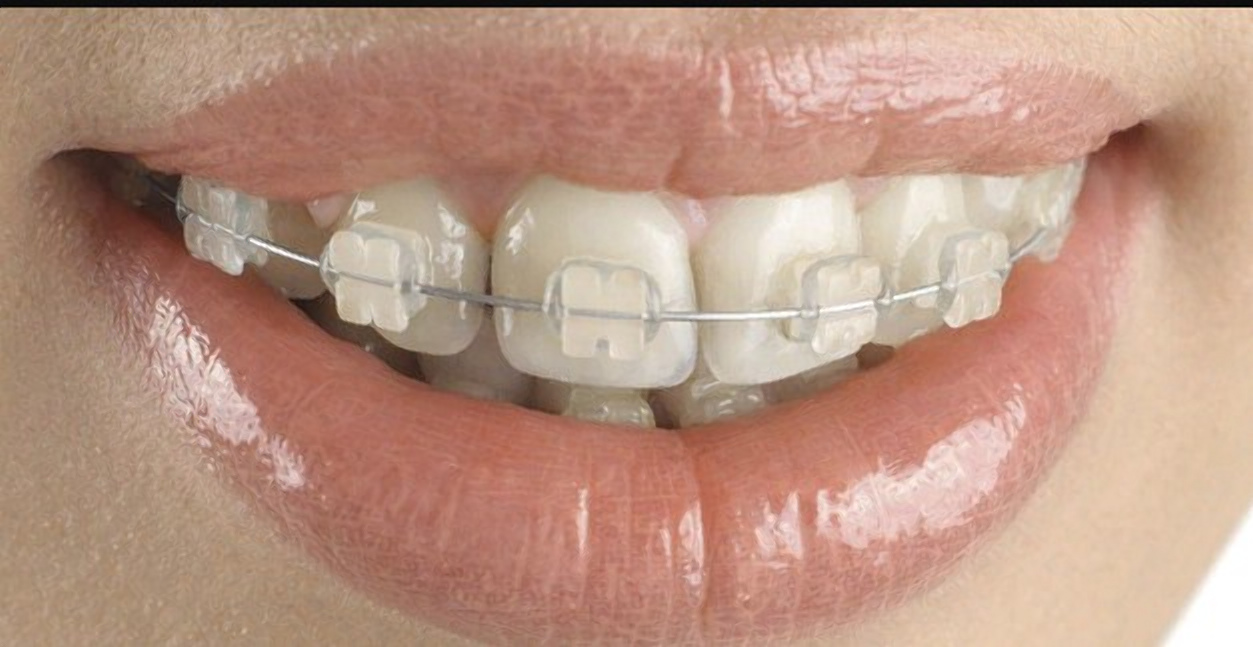
- titanium - made of a biocompatible alloy. Recommended for use by people prone to allergic reactions or chronic diseases of the gastrointestinal tract. The average cost is 20,000 rubles per 1 dentition. Titanium structures are lightweight, strong, durable, safe, but not aesthetic.
Depending on which side of the dentition (external or internal) the orthodontic system will exert pressure, there are two types of braces:
- vestibular (external) - the traditional option, the elements are installed on the external (buccal) side of the teeth. The advantage of this arrangement is that it has little effect on diction, quick addiction and easier care. Users highlight only one drawback - the system is too noticeable and spoils the appearance.
- lingual (internal) - models of this type are installed on the inner (lingual) side of the dentition, and are invisible to the interlocutor even with close contact. Such systems are more expensive (from 30,000 rubles per row), getting used to it will take 7-14 days. When worn, mucosal irritation and diction disorders often occur.
Orthodontic systems also differ depending on how the braces are attached to the power arch. Allocate:
- ligature - an option for fastening using thin flexible rings or metal wire. At the beginning of treatment, transparent, white or multi-colored rubber bands are used as ligatures. At the final stage, they are replaced with wires made of alloys of aluminum, silver or medical steel. The advantages of ligature systems include high efficiency, the ability to correct the most severe violations, and accessibility. Among the shortcomings, dentists and users highlight the cumbersomeness of the structure, pain during correction, the need for regular replacement of ligatures, the possibility of injury to the cheek mucosa.
- ligatureless - in this case, the arc is attached using movable clamps. These can be spring clips, latches, locks, latches. At the same time, there is no rigid fixation of the arch and strong painful sensations during correction. Ligature-free systems are more compact, they practically do not injure mucous membranes. On the downside is the high cost of the structure and the impossibility of using it in severe cases of malocclusion.
6 best vestibular braces
The choice of a bracket system depends on the complexity of occlusion disorders, financial capabilities and requirements for the aesthetic design. Here are the top six models with the most positive reviews.
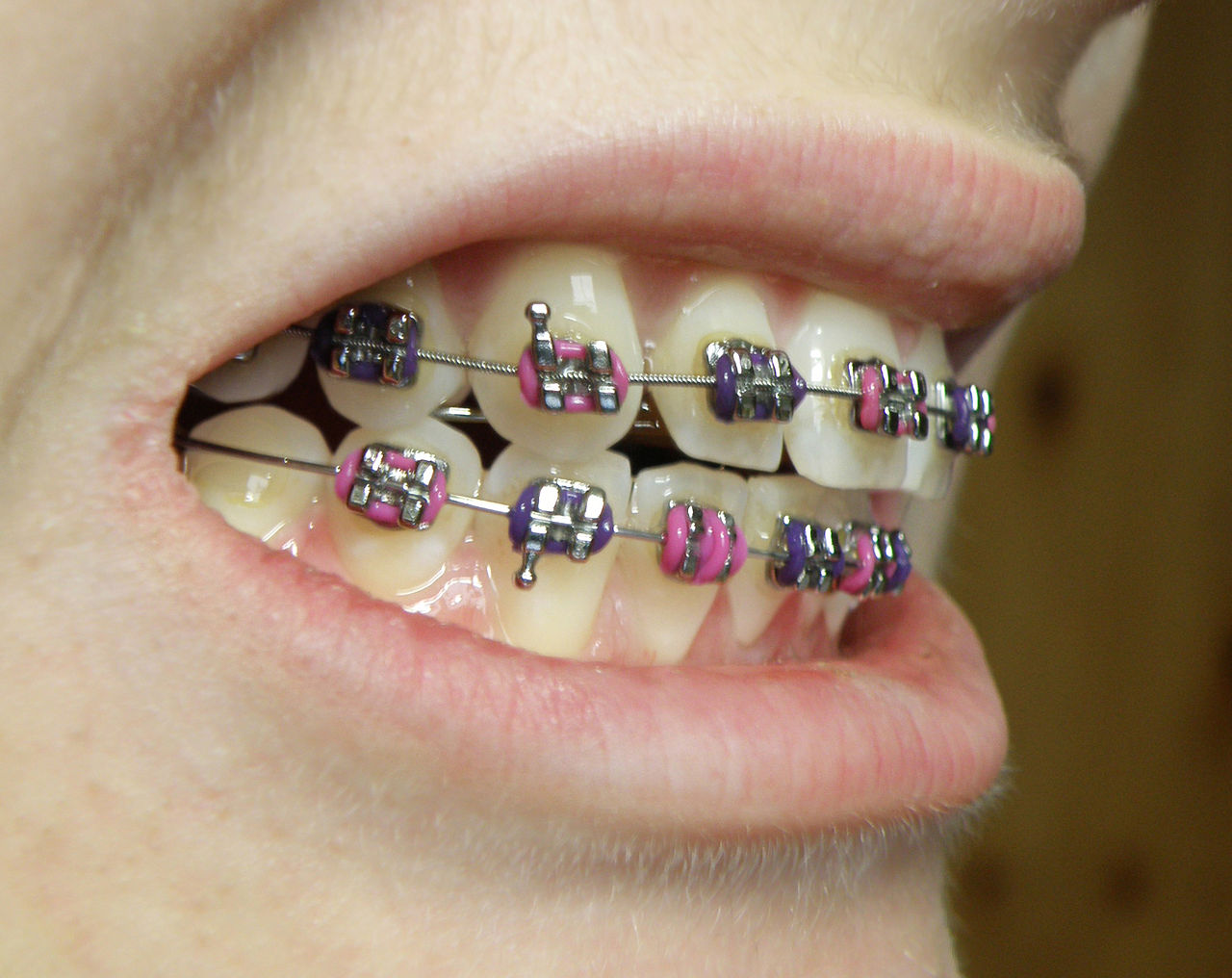
ALEXANDER
On the sixth line are braces from the American manufacturer Ormco. The design belongs to the ligature metal systems of the vestibular type. It is made of an alloy of chromium, iron, copper, aluminum. Differs in small size and high oxidation stability. The average cost for 1 dentition is 15,000 rubles.
Advantages:
- helps to cope with severe forms of malocclusion;
- strength and reliability;
- high efficiency;
- hypoallergenic;
- short adaptation period.
Disadvantages:
- noticeable while smiling and talking;
- during the addiction period, mucous membranes are often injured.
Experience mini metal
The fifth line is a product of joint production of Japanese and German firms Tomy Inc and GC Corporation. The bracket system is self-ligating, and due to its tiny size and low profile, it is practically invisible during a conversation. Made from tough titanium-based alloys with rhodium-plated bases. Average cost: 11,000 per row.
Advantages:
- small size;
- minimal discomfort while wearing;
- high strength;
- almost do not affect the quality of diction,
- affordable price.
Disadvantages:
- sometimes cause allergic reactions and irritation of the mucous membranes;
- the system is clearly visible with a wide smile.
Damon clear
The fourth place is given to the self-ligating system from the well-known damon family. The design is distinguished by miniature dimensions, transparency of fastenings, safety, "sliding" latch of the Spin Tek lock. High-quality ceramics interspersed with aluminum oxide polycrystals are used in the manufacture. Average cost: 60,000 rubles for 1 dentition.
Advantages:
- compactness;
- aesthetics and inconspicuousness;
- you can visit the dentist less often;
- hypoallergenic;
- almost do not affect the quality of sound pronunciation;
- resistant to food coloring.
Disadvantages:
- during the adaptation period, an unpleasant aftertaste often appears;
- very careful care is required;
- sensitive to tobacco smoke.
Reflections
In third place are ceramic braces from the American company Ortho Technology. The design is highly durable, since aluminum oxide is added to the ceramics in the manufacture of the bases. The staples are made in the form of a "swallow tail", which provides a secure fit and does not weigh down the system. Average cost: 50,000 rubles.
Advantages:
- reliability and durability;
- inconspicuousness, you can choose the shade of ceramics based on the color of the enamel;
- low risk of injury to mucous membranes;
- hypoallergenic;
- ceramics are resistant to dyes.
Disadvantages:
- requires frequent doctor visits;
- does not cope with severe malocclusion.
Pure
The second place is taken by a design from Ortho Technology, USA. The bases are made of artificial sapphire and are coated with a layer of zirconium dioxide. Average cost: 55,000 rubles per set per row.
Advantages:
- aesthetics and invisibility;
- low risk of developing caries;
- does not injure mucous membranes;
- resistance of materials to deformation and staining;
- hypoallergenic.
Disadvantages:
- not suitable for people with a dark shade of enamel.
Aesthetic
The ligature chameleon product from the German company Forestadent becomes the leader among the vestibular braces. The correcting apparatus is created from artificial sapphire, which refracts light without glare, which allows the onlays to remain invisible against the background of tooth enamel. Average cost from 45,000 rubles per structure for one row.
Advantages:
- aesthetics;
- visible only from very close range;
- strength and reliability;
- do not stain with food, drinks, tobacco smoke;
- short habituation period;
- hypoallergenic;
- low risk of mucosal injury.
Disadvantages:
- longer treatment period compared to metal counterparts.
| Name | A type | Material | Features: |
|---|---|---|---|
| Alexander | ligature | metal | hypoallergenic |
| Experience mini metal | without ligature | titanium based alloy | off-white rhodium-plated |
| Damon clear | without ligature | ceramics | tobacco smoke leads to darkening |
| Reflections | ligature | ceramics | dye resistance |
| Pure | ligature | sapphire | resistance to deformation and staining |
| Aesthetic | ligature | sapphire chameleon | hypoallergenic, resistant to staining |
5 best lingual systems
In the case when a person, by the nature of his activity, must appear in public, great importance is attached to appearance. In this case, lingual systems that are completely invisible to an outsider will come to the rescue. Here are the five most popular brands with the most positive reviews.
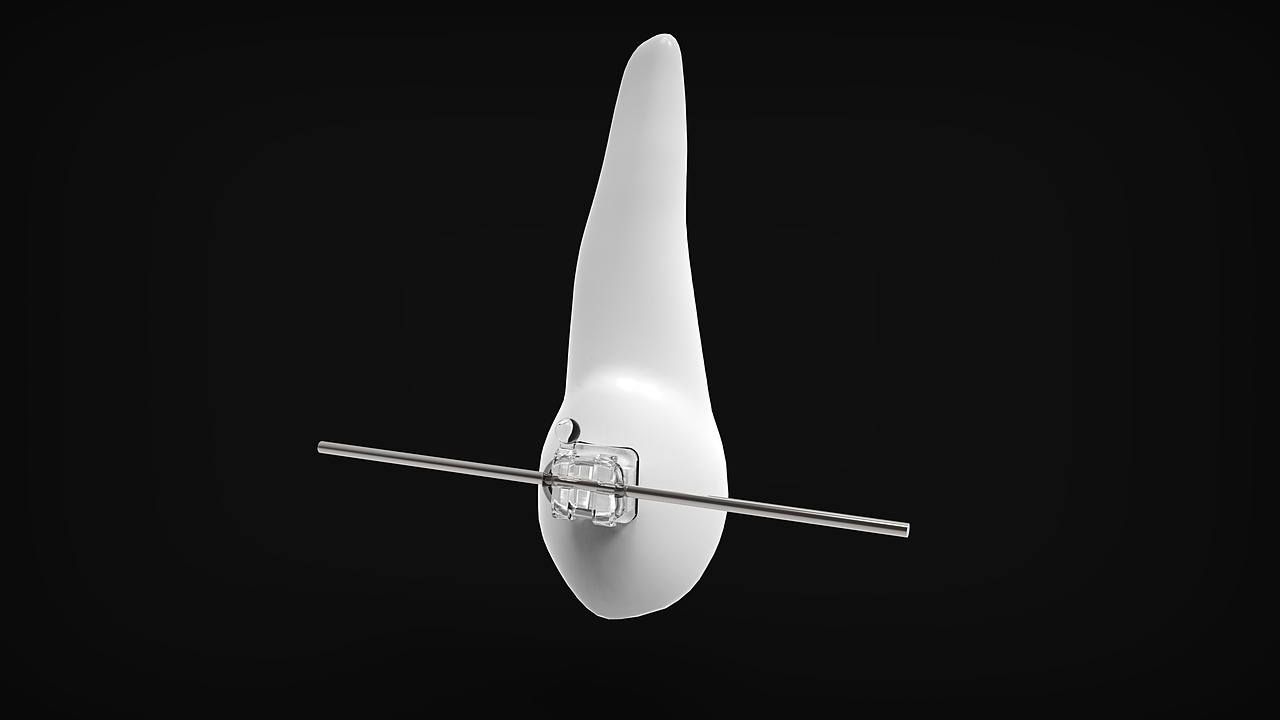
Incognito
The fifth line is occupied by a structure made of gold-containing alloy from a German manufacturer. It is made to order according to individual measurements using computer modeling, which calculates in detail each stage of treatment. High-precision equipment allows you to create platforms of the minimum size exactly following every bend of the tooth crown. The average cost for 1 dentition is 150,000 rubles.
Advantages:
- high-strength, safe alloy;
- individual approach;
- selective pressure on problem areas;
- low risk of injury to the mucous membrane;
- short adaptation period (2-3 days);
- invisibility from the interlocutor.
Disadvantages:
- long waiting period;
- primary fixation procedure for more than 2 hours;
- it is difficult to carry out hygienic care;
- you can't eat solid food;
- difficult to pronounce hissing sounds;
- high price.
SCUZZO TAKEMOTO BRACKET (STB)
The fourth place is taken by lingual systems from ORMCO. Compared to conventional braces, STB sizes are smaller (width - 1.5 mm, length - up to 4.5 mm). Provided without ligature and ligature options. The standardized metal plates are used, designed with the basic anatomical features of the teeth in mind. The average cost of installation for one dentition is from 80,000 rubles.
Advantages:
- not visible from the interlocutor;
- strength and reliability of the structure;
- minimal risk of injury to the tongue;
- short treatment times;
- compactness;
- low risk of developing caries.
Disadvantages:
- cannot be installed with a narrow jaw;
- an allergic reaction may occur;
- long habituation period (about 2 weeks);
- during the adaptation period, there may be an unpleasant metallic taste and slight problems with diction.
In-Ovation-L
The third line is taken by ligature-free bracket systems from Dentsply GAC, USA. Made to order, bases made of cobalt-nickel alloy completely repeat the shape and all anatomical features of the surface of each tooth. In-Ovation-L is able to cope with the most difficult bite pathologies. Average cost: 80,000 rubles per row.
Advantages:
- self-ligating type;
- simplified installation procedure;
- not visible from the interlocutor;
- strength and reliability of the structure;
- increased intervals of visits to the doctor;
- hardly affect the quality of diction.
Disadvantages:
- long waiting period;
- the alloy can cause allergies;
- during the adaptation period, an unpleasant taste appears in the mouth.
WIN
The second line is occupied by a product from a cobalt-chrome alloy from the German company DW Lingual Systems GmbH. In WIN, a platform for each tooth is made according to individual measurements, repeating all the features of the relief of the tooth surface. Arcs are created using computer modeling according to the shape of the desired dentition, taking into account all the characteristics of a particular patient. Average cost: 220 thousand rubles for one dentition.
Advantages:
- short adaptation period;
- compactness;
- almost do not affect the quality of diction;
- do not change taste;
- hypoallergenic.
Disadvantages:
- the period of manufacture of the structure according to the mold is 3 months;
- inability to use with a narrow jaw or any disorders in the work of the temporomandibular joint.
Forestadent 2D
The leader of the rating is a self-regulating system from the German company Forestadent. Average cost: 90,000 rubles per row.
Advantages:
- miniature sizes;
- low risk of injury to the mucous membranes and tongue;
- short habituation period;
- comfortable wearing;
- simplified care procedure;
- almost do not affect the sound quality.
Disadvantages:
- during the adaptation period, irritation of the mucous membranes in contact with the structure may occur.
| Name | A type | Material | Features: |
|---|---|---|---|
| Forestadent 2D | without ligature | metal | hooks type T, short habituation period |
| WIN | ligature | cobalt chromium alloy | long production period |
| In-Ovation-L | without ligature | cobalt-nickel alloy | alloy can cause allergies |
| SCUZZO TAKEMOTO BRACKET (STB) | without ligature ligature | metal | long habituation period |
| Incognito | ligature | gold alloy | difficult to pronounce hissing sounds |
Contraindications for installing braces
Before installing a bracket system, you need to take care of your oral health and undergo a full course of treatment with a dentist. It is also worth visiting your local doctor and finding out if there are any contraindications for orthodontic occlusion correction. For example, contraindications for bite treatment with braces are:

- moderate and severe anemia;
- a number of heart diseases;
- epilepsy;
- oncology;
- acute immunodeficiency;
- severe mental disorders;
- leukemia;
- tuberculosis of any localization;
- diabetes.
How braces are tightened
A brace lift is an unpleasant but absolutely necessary procedure that needs to be done regularly. The problem is that over time, the arc and staples move slightly and reduce the pressure on problem areas. Therefore, about once every two months you need to visit your orthodontist and adjust the position of the elements. Sometimes it may even be necessary to replace the ligatures or arcs. After tightening, aching pain often occurs and the sensitivity of the teeth increases, so it is better to prepare a gentle menu in advance and discuss with the dentist what painkillers you can take.
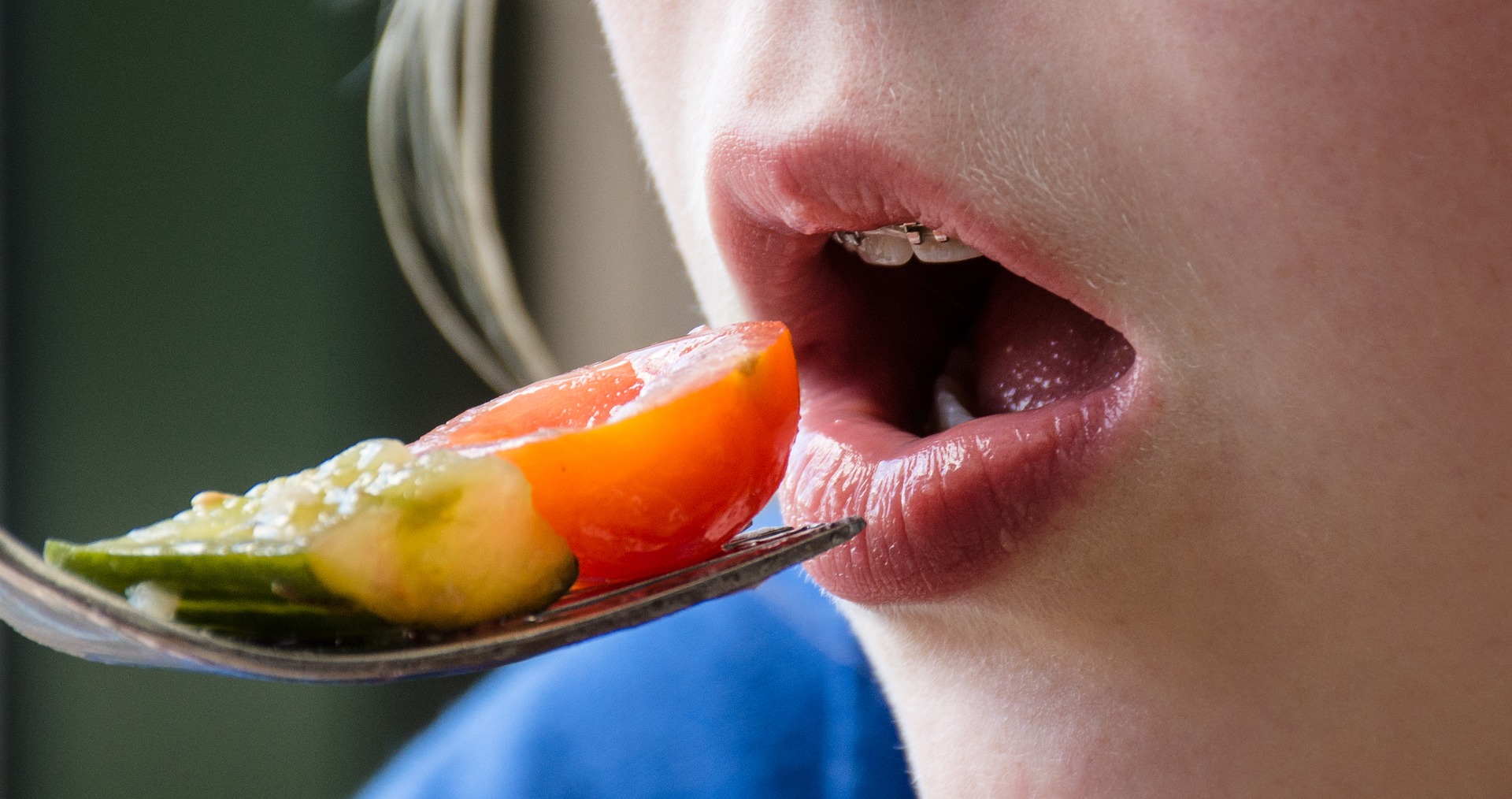
When choosing a bracket system, first of all, be guided by the recommendations of an orthodontist and your financial capabilities. If you carefully follow the recommendations, getting used to it will not take much time, wearing will cause a minimum of discomfort, and as a result, your smile will only be enviable.
If you have experience using the bracket systems described in the rating or other models, tell us about it in the comments.












